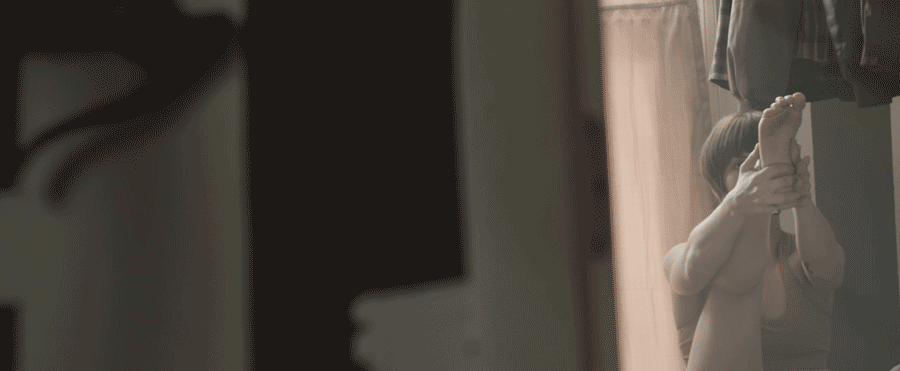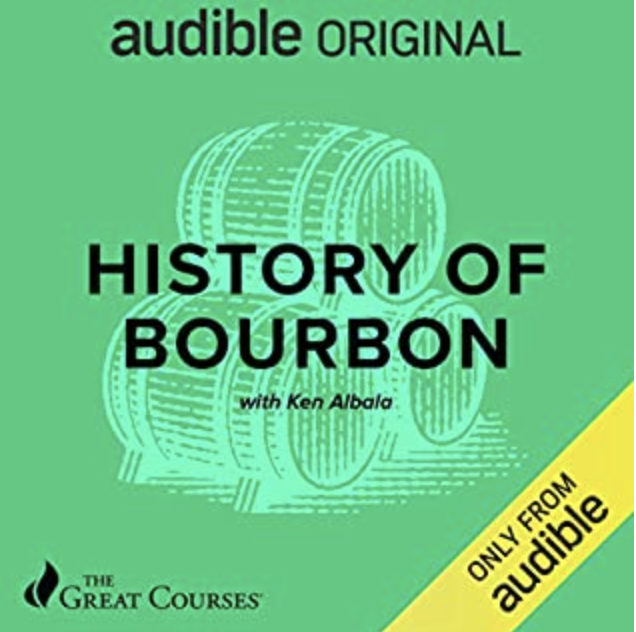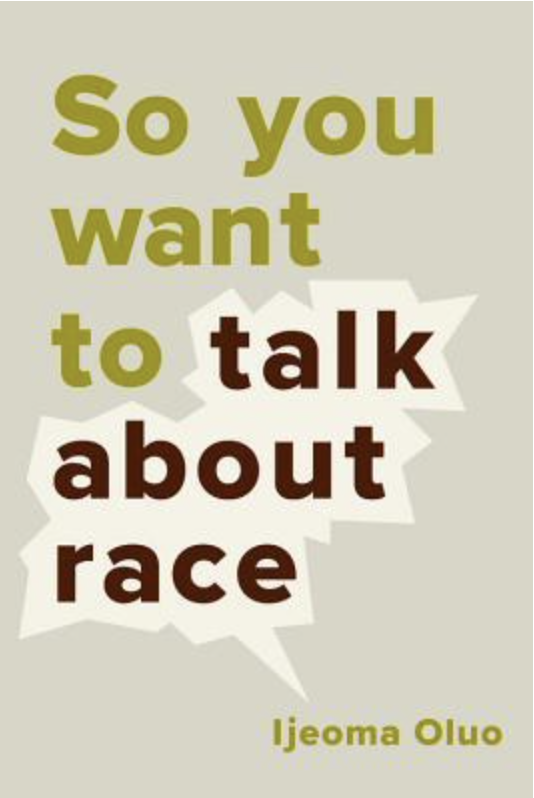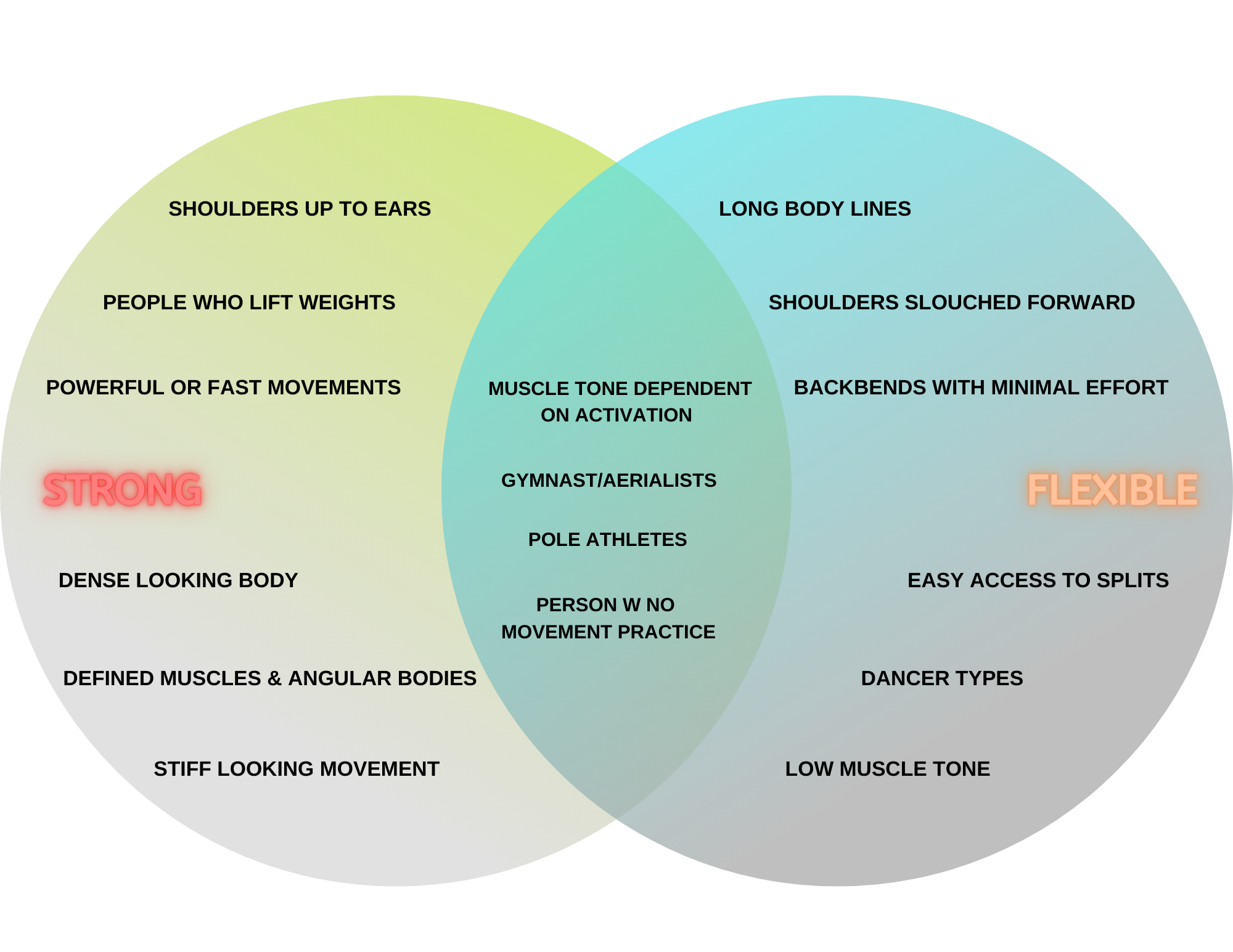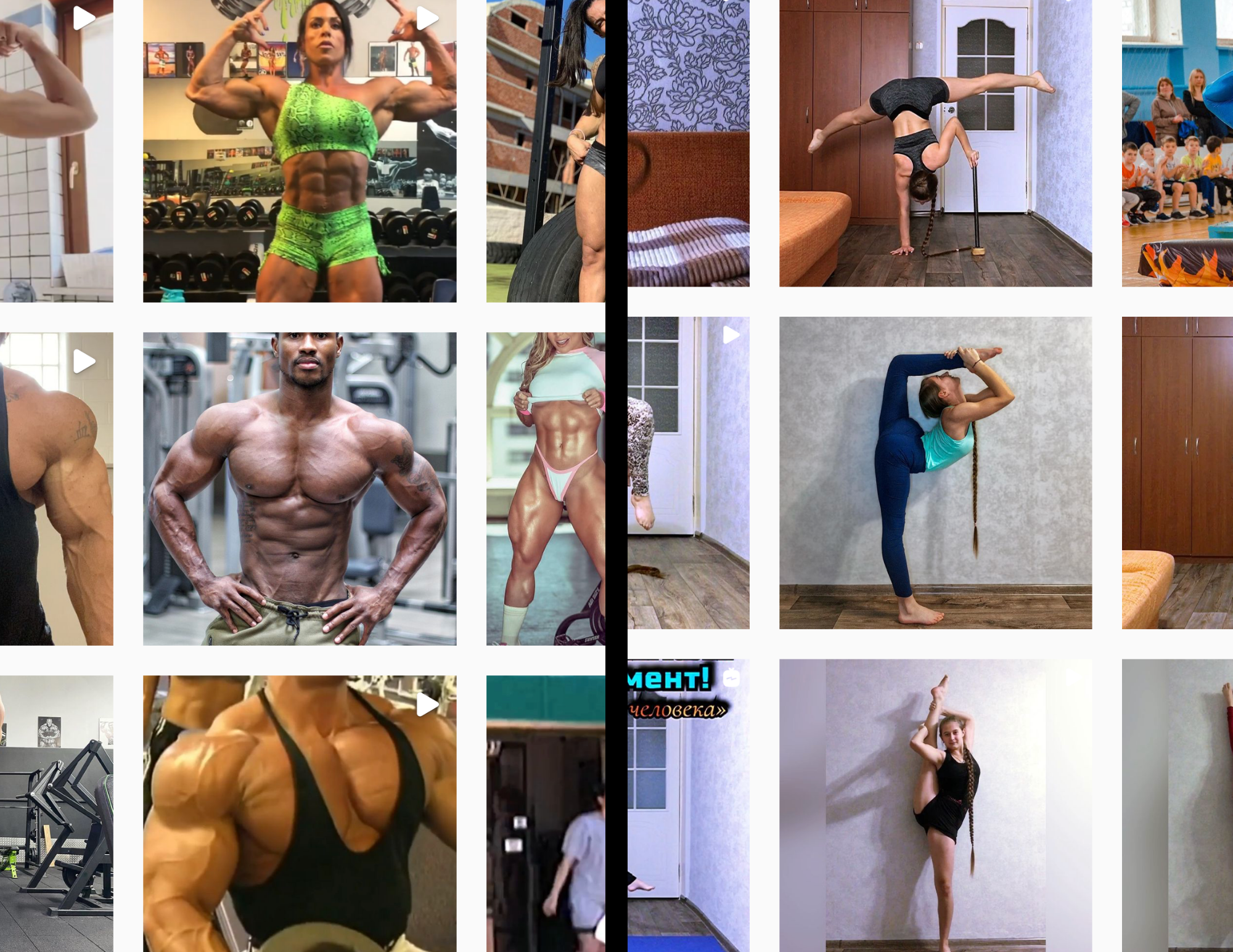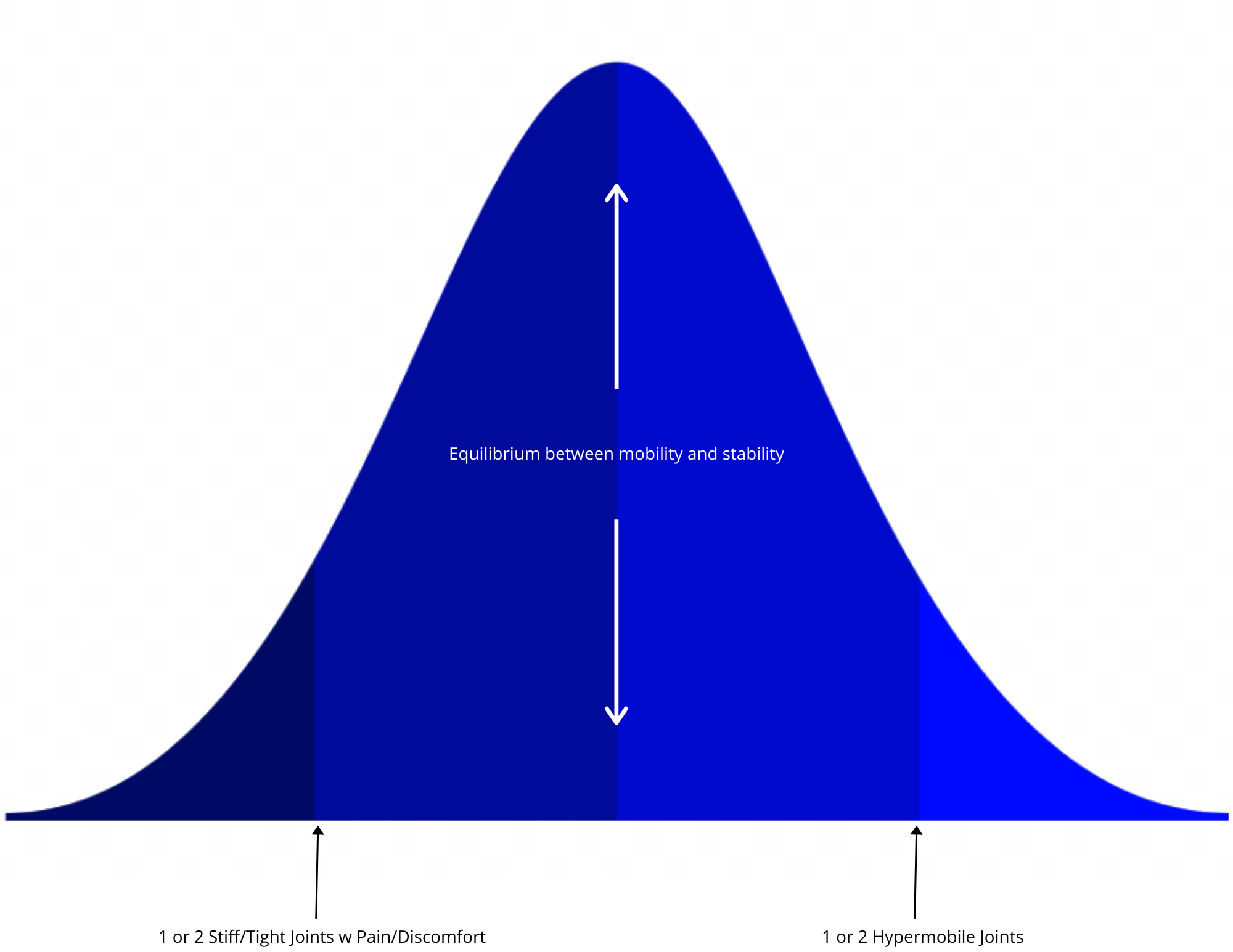Y’all, I didn’t think it was possible. I stated publicly that in no way was I trying to outdo the amount of reading I did in 2021 in 2022. Yet here I am and without trying I totally read 13 books this past month! It helped that work was a little slower and that I am reading The Witcher books and they are very fun. But yeah! 13 books. I’m not looking to recreate that again in 2022 but I wasn’t trying in January so maybe it is possible to out-read my 2021 total!
Terror on a Treasure Hunt
By: Winter Morgan
If one could ever go so far to say that “the plot thickens” in this series THIS would be the book. I personally, like Mr. Anarchy. Its also interesting to stop for a moment and think that in the Minecraft world many of the users are children. Thinking of these ageless-seeming characters as children changed my perspective a bit. Vor was still enthusiastically following along at this point so onward to the final couple of books in this series!
Propaganda
By: Edward Bernays
This book was a weird read. I didn’t look at when the original copyright was until after I finished and the WHOLE time I was trying to place it in history so I could think about it in the context of the day and I COULD NOT! It was written in 1928. I was shocked, honestly, that it is that old even though context clues were definitely hinting at it, I kept wanting it to be much more recent. Mr. Bernays would be absolutely shocked to see how propaganda has been applied since this book first came into print. I mean the man was thinking of it as an almost benign way of government and business interacting with its constituency but then again he had yet to see what the Nazis would do with it let alone how political parties function today. Worth the read if you’re into media, marketing, sociology, or people who have really put their foot in their mouths over time.
Ghastly Battle
By: Winter Morgan
Well I’ll be…In this installment Winter Morgan actually toys around with some character development! The mains are all still around and people are getting briefed and mobs are popping up out of nowhere and all the regular fare for your Minecraft fan-fic. But maybe, actually, some of the characters are growing a little and learning from the past. There’s another book yet to go in this series so I guess we have to wait to see if the changes stick.
The Last Wish
By: Andrzej Sapkowski
I love the short story format. I love the dialog. I love that in the background there is a very ominous texture coagulating. I love the allusion to humans and cultural elements from our current, real universe. I love the explanation of magic. I love that so much of what is going on is a bit of a mystery. I feel an epic story brewing and I am very excited to keep reading! For those of you who have watched the show - yes this covers some of the same ground that the first season of the show does. I still recommend reading it for deeper comprehension and especially if you plan to read the other books. The books are vastly more complex than the show and you will want all the extra background info you can pick up!
Creeper Invasion
I really rather enjoyed the Steve and the Diamond Sword series by Winter Morgan. But this series is banal and so repetitive! I’m trying to listen and it is HARD. Vor, still loving it. Five books in and its the same book for the 5th time. Someone, no resolution. Not a fave.
Sword of Destiny
By: Andrzej Sapkowski
Where to begin? The Show. I’ll start with the show. Part of this book still coincide with the show but if you are following along in the visual format, this is where reading the book would really start to fill things in. Additionally, if you don’t read these shorts you miss out on details that come much deeper into play in later books. Furthermore, you miss out on vignettes from Gors Velen featuring Molnar and the dwarves are some of the best characters imo.
This is on audible so I’m listening along and Peter Kenny is killing it! Y’all gotta know by now that I am a sucker for a good narrator and this man has some range! Top tier for sure.
As for the book itself, the vice grip of impending war and chaos is tightening in this book. I like book Yennefer WAY, better than tv Yen although I think that will change as the tv series catches up with Yen’s character development. The theme of destiny in this book is very interesting in the way it is teased out. Does it matter? Does it not? The book is another collection of short stories which I find myself really liking. I don’t mind that time is somewhat disjointed. If you want to read the series you are just going to have to get comfortable with that.
Blood of Elves
By Andrzej Sapkowski
What I didn't address while reviewing the last book that I need to address in this review is this: the translator is a fucking boss. I keep marveling at the diction and then I realize these books have all been translated from Polish to English and my mind is fucking blown.
In this book I finally got to know Ciri as more than a pawn of destiny. She is innocent enough but there is definitely some foreshadowing about her having a darker nature or at least a dark side.
There is a lot going on. Really its all the same background that has been bubbling the whole time in The Last Wish and The Sword of Destiny but in this book the concurrent political events are of equal importance to the more condensed story of the mains.
This is one of those books where the author plays with space/time by revealing layers of meaning through a variety of POVs. If you want a straight forward answer for questions in your book, you may think twice about embarking on this journey. If you enjoy plots unraveling in slow and methodical ways then you are likely to really get into this series.
The map is extensive, the video game is epic, the fandom is fully engaged. I find those all to be perks and at this third book in there series am fully committed to this series. Great high fantasy!
History of Bourbon
By: Ken Albala
Meh. This was definitely not a podcast but it felt almost like a podcast. I am not a fan of podcasts, generally speaking. I do like info about random things. This book satisfied some of that drive for me to pick up more information. But it also felt like more for more’s sake. This history of bourbon wasn’t contextualized to give it any historical weight or significance. This book was comprised mainly of the following three parts: facts about bourbon, the history of the bourbon market, the author’s own thoughts and feelings or experiences with bourbon. Didn’t hate it didn’t love it.
The Time of Contempt
By: Andrzej Sapkowski
So far this was my favorite book in the series. I love the dynamic between Ciri and Yennefer. I think rebellious but innocent Ciri is fun and cute. The interactions between Yennefer and Geralt at the sorcerer’s ball as well as Geralt’s individual charades were very funny and endearing. But I also had a sense that shit was about to go down and it really did go down in this book.
Ciri has a Muad’dib moment in the Korath desert that was amazing and totally unexpected. This book played on my emotions more than the others as yet. All the aforementioned good features of the previous books continue. The very elaborate plot also thickens.
On Color
By: David Scott Kastan
Random but enriching. There was a little science, a good bit of history, and a certain poetry to this book. It was written for the sake of writing about color. In a way, it feels frivolous. There was no message or meaning or over-arching theme except that maybe “we all see color differently.” Nonetheless it felt good to read it for all of those same reasons. Just shy of beautiful it still has a grace about it. Not my most favorite book of all time but I like the way my ideas of color have softened a little after reading On Color.
Baptism of Fire
By Andrzej Sapkowski
To me, things slow down a lot in this book. Whereas before the story was moving over the timeframe of weeks and months, here, we are slogging a few days at a time through various character’s POV. This is an observation not a complaint. Geralt goes through some really gnarly shit but is surrounded by awesome people that keep his story fresh and fun. Regis becomes a new favorite for me, personally. The vignette of “the bridge” was amazing and another hint at “destiny.”
Meanwhile Ciri is going through some shit. At this point pretty much the only true protagonist is Geralt. Shit is kinda confusing but not so much that its annoying, but just enough to keep me on my toes.
BoF and the series as a whole has taken on a bit of a LOTR feeling. There is a lot of questing and journeying going on at this stage in the story. I’m very curious where this is all going.
Wishes and Wellingtons
By: Julie Berry
Vor really liked this book. I liked the setting and the characters but the story felt like it could have lingered longer and explored the fantastical element a bit more. For a story that was built around having a personal genie, there was rather limited magic and adventure.
I rather liked the message and how various plot points worked themselves out. There is a second installment available and I liked it enough to pick up with round 2.
The Tower of Swallow
By: Anrzej Sapkowski
Some AWESOME vignettes in this book. The story is very complex at this point but with the introduction of a few well actualized characters the plot unfolds in a very interesting way. It’s kind of crazy how many questions get raised throughout the series and that even at this stage more questions are being raised. The story runs so seamlessly from book to book I have to go back and reference what is happening in each. Likewise in each book there are really beautiful character driven moments as well as brilliant dialog and awesome fantasy-scapes. I mentioned that they dialog is good enough to be extracted in large segments for the show but I didnt linger so I’ll go back now. At times it is poignant, scary, and even gut-bustlingly funny. 👏👏👏 so. good.

